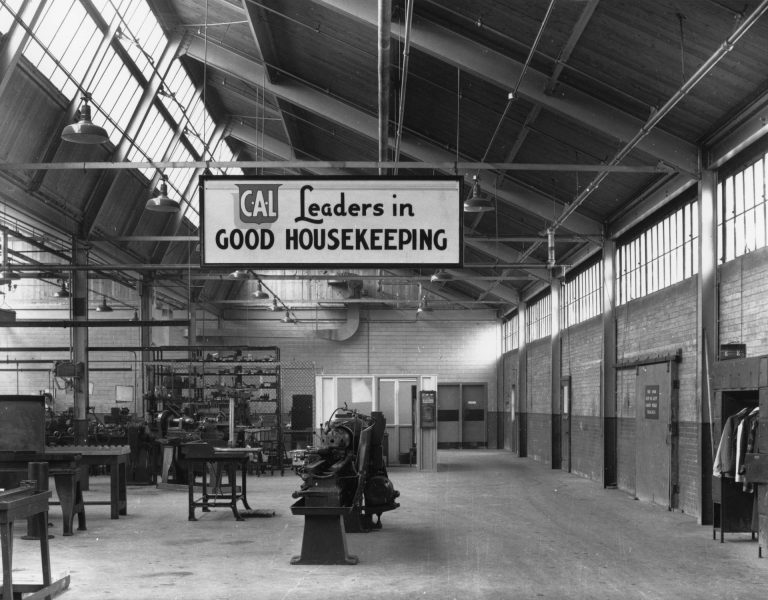
"The Armed Services of Canada cannot leave themselves at the mercy of other countries for the quantity and quality of the weapons with which they are supplied. Military units have workshops to take care of their immediate requirements, but the military workshop itself must be backed up by an active weapons factory."
Article in The Rocket The Journal of The Canadian Arsenals Ltd, December 1950
Sometimes firearms history is changed with the stroke of a pen.
On April 11, 1946, Col. Jolley, President and General Manager of Small Arms Limited (SAL), attended the last meeting of the Board of Directors. With their signatures, the board approved the final accounting for Small Arms Limited. As a result, Jolley and the board members sent Small Arms Limited into the history books.
But the legacy created by ordinary men and women who changed firearms history in Canada was to continue. And a new chapter had already started. The transfer of Small Arms Limited assets to a new Crown Corporation, Canadian Arsenals Limited, Small Arms Division, began four months before the Board of Directors signed off on the final accounting.
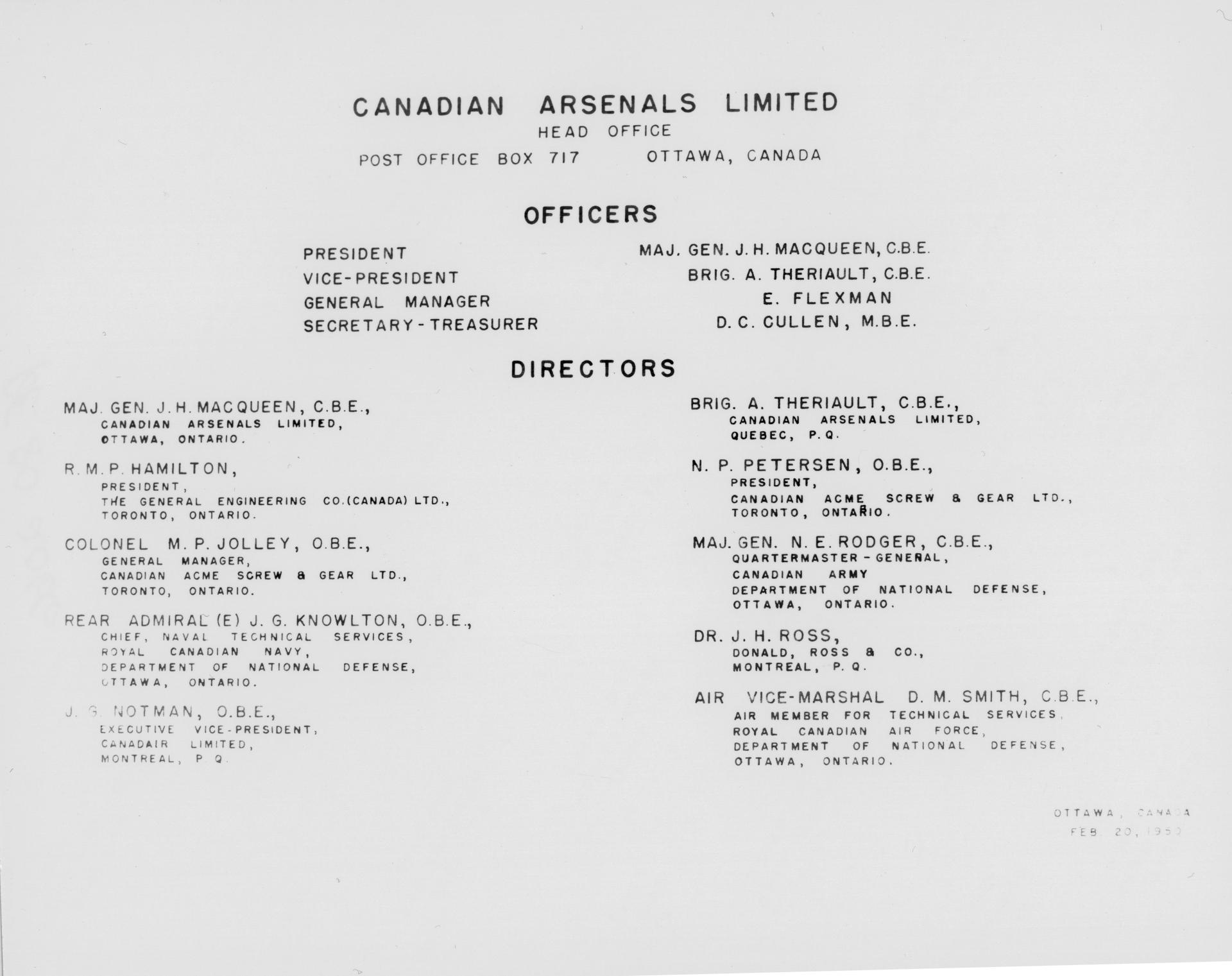
But months before that, Jolley submitted a plan to the government to convert the enormous 212,000 thousand-square-foot facility to peacetime use. The government accepted the plan. In late 1945, layoffs at Small Arms Limited increased, and small arms manufacturing began grinding to a halt. Enfield rifle production ended on August 17, 1945, with the cancellation of an order for 70,000 rifles. During the fourth quarter of 1945, the plant only manufactured 1,100 .22 rifles and 58 sniper rifles.
By late 1945, the enormous plant began the transition to peacetime use. Most of the machinery vital to arming soldiers in World War Two was no longer needed. And neither was the vast plant. Jolley's plan involved leasing 80% of the plant to private industry. Canadian Arsenals Limited, Small Arms Division, would only need 20% of the space for post-war small arms maintenance and rebuild.
There was an immediate commercial demand for rented space at the Small Arms Limited (SAL) plant. The Engineering Department prepared a drawing that showed the partitioning of the plant with the names of the tenants renting space at SAL. Snap On Tools leased the largest area in the facility, but a diverse mix of businesses secured space, including:
As the transition to peacetime use continued, SAL leased out the office area of the plant. But, with the deconstruction of the assembly lines, a problem developed: where to store this equipment.
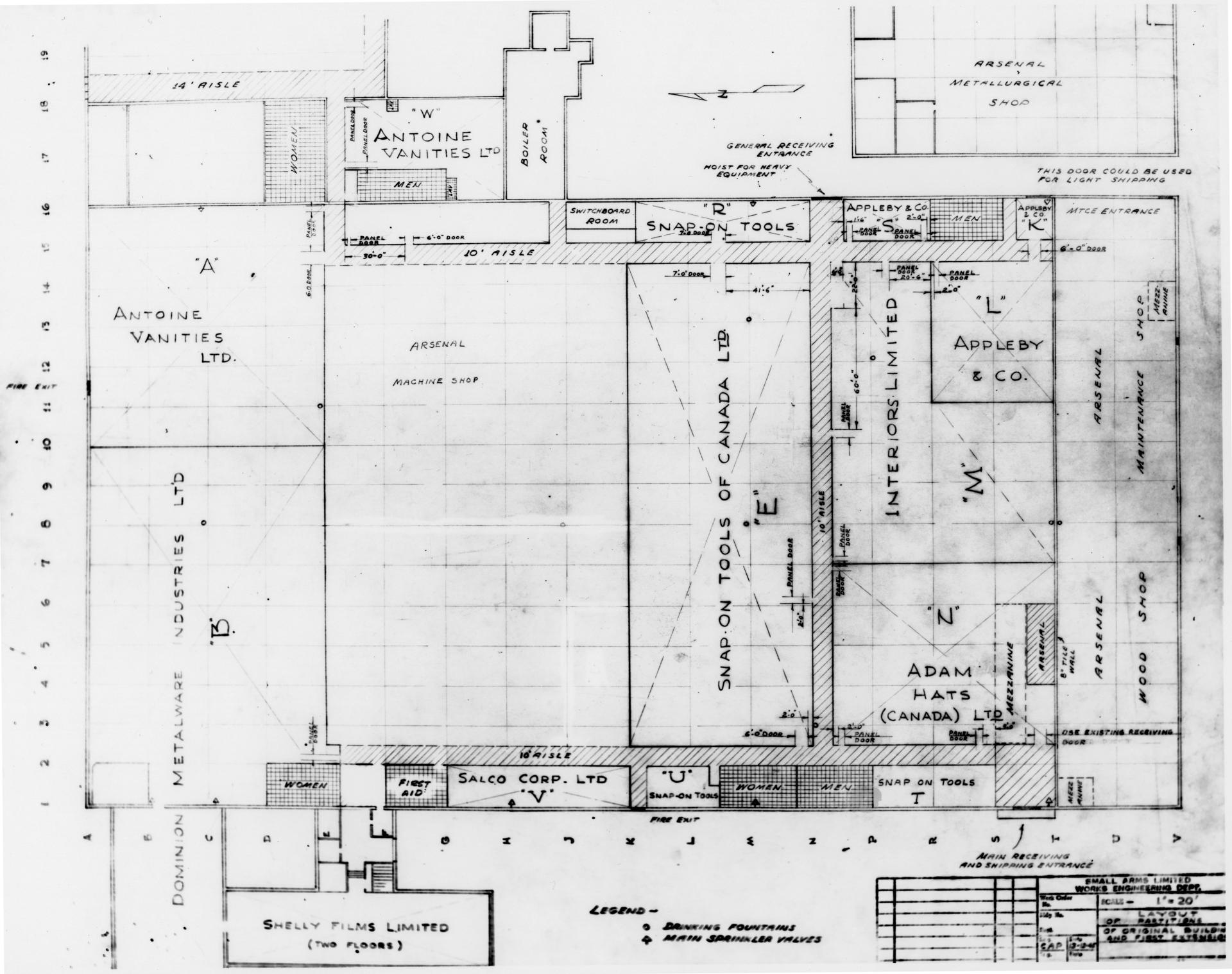
Management temporarily stored surplus equipment in the areas designated for private enterprise. Technicians identified machinery essential for Canadian Arsenals Limited: workers moved this equipment into the reduced space allocated for CAL. Over 200 personnel still worked in production, cleaning, or organizing equipment for disposal.
The surplus equipment was sold to private buyers or sent to the War Assets Corporation Limited warehouses. The War Assets Corporation solved a pressing problem.
War Assets Corporation
With the end of the war, there were new challenges. What do you do with the mountains of surplus machinery, equipment, munitions, ammunition, parts, and vehicles that are no longer needed? But just as importantly, how do you ensure that the flood of excess equipment does not negatively affect the economic recovery that recently brought Canada out of the great depression? The Canadian government began considering these problems soon after Canada declared war.
The solution was two new Government entities created in 1943 by an Order in Council – Crown Assets Allocation Committee (CAAC) and the War Assets Corporation. The role of these Government entities was complicated. Their function was to liquidate government-owned assets and reignite the post-war private economy. To fully understand the complexity private enterprise faced as the war ended, it is helpful to review the state of manufacturing in the late 1930s.
The great depression decimated Canada's industrial base. War production powered by Government spending fueled a remarkable economic recovery. In 1939, Canada suffered from a severe lack of manufacturing machinery. Economists estimated Canada had only 58 million dollars of industrial manufacturing equipment or 30,000 industrial machines as Canada emerged from the great depression. More than two-thirds of this equipment was over a decade old.
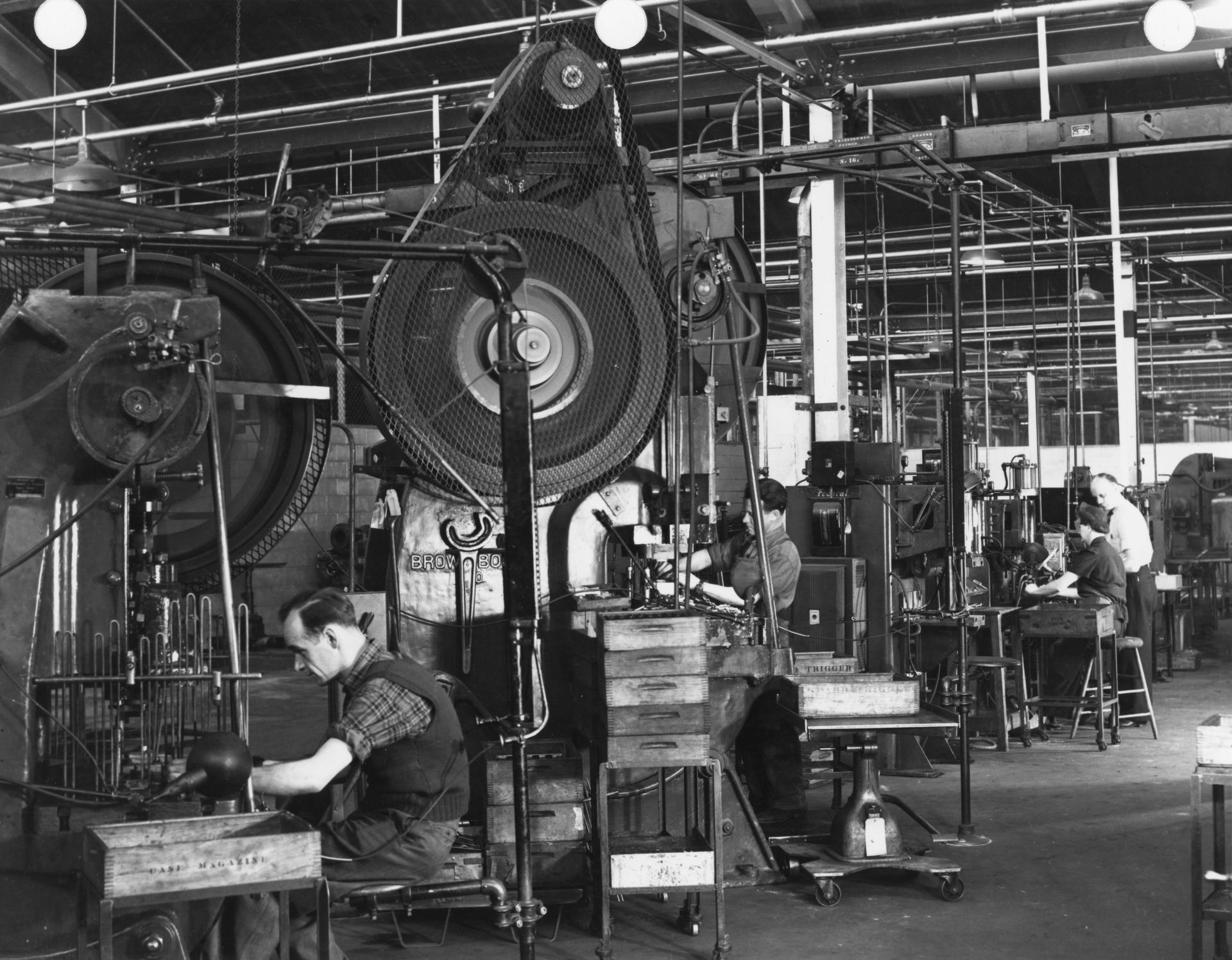
All that changed when the war started. By the war's end, purchases of new industrial machinery totalled over 300 million dollars. In 1944, there were approximately 70,000 industrial machines in use. This inventory was critical for economic recovery. And war surplus equipment was the most modern machinery in the country.
In contrast, by 1945, many private companies – that did not supply the war effort – had worn-out, obsolete equipment. As a result, surplus machinery was valuable since much of the old equipment was at the end of its useful service life. But there was another reason why the sale of surplus equipment was important.
The government allocated revenue from surplus machinery sales to pay down Canada's massive war debt. In other words, Small Arms Limited continued to benefit Canada by using revenue from surplus equipment sales to reduce this deficit. By any measure, Small Arms Limited was an outstanding success. And this success was about to continue.
Canadian Arsenals Limited (CAL) started in a reduced space, with a significantly smaller staff. Management provided office space in the Small Arms Inspection building. CAL was poised to make its mark on small arms history.
CAL Small Arms Division - The New Mission
The plant was only one part of a Crown Corporation created to provide "…industrial planning and development of and for basic development of weapons of warfare for the defence of Canada." Canadian Arsenals Limited consisted of the following plants:
A document created by The Joint Arsenals Planning Board described the mandate of Canadian Arsenals Limited, Small Arms Division: "Manufacture, or repair, all types of small arms including rifles, pistols, machine carbines, etc. up to 30mm caliber, together with ancillary equipment." Further, CAL was responsible for the following:
During the war, two other plants (not including John Inglis) made small arms: Border Cities Industries Ltd. In Windsor (M19 Browning tank gun), and the Ottawa Car and Foundry Limited (Vickers Machine Gun). The manufacturing equipment from these facilities was shipped to Canadian Arsenals Limited at the war's end.
However, equipment is only part of the equation necessary to create an arsenal. Engineering expertise is needed to turn ideas into practical solutions. CAL turned to an existing supply of experienced design personnel.
" Most of the senior staff of the small arms plant and principal design staff from John Inglis Company," an article in the CAL company newsletter stated, "formed the greatest part of the senior personnel of the small arms division." The expertise assembled at CAL was impressive.
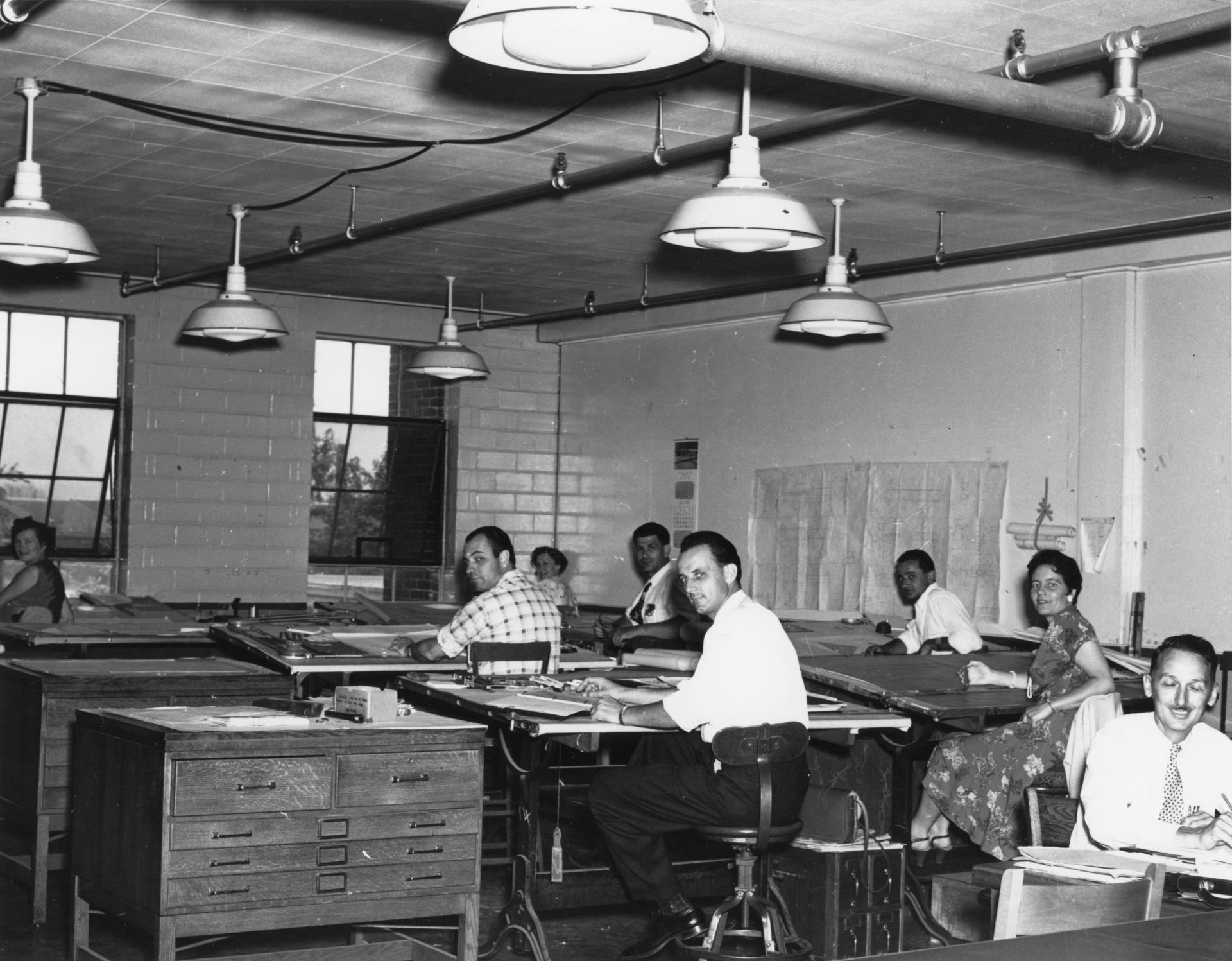
An article in the long-defunct Canadian gun journal – Canada Gun Sport Journal of Military, Police and Sporting Arms, in August 1976, profiled one of the small arms designers at CAL, Gordon E. Wilson. He was the assistant Division Manager at CAL with "… 37 years of design and development of military small arms". His experience included time spent in England, at Enfield, in 1942.
According to the Canada Gunsport article, one of his assignments at Enfield included solving a production problem with the Sten submachine gun. Wilson also worked with designer Dieudonne Siave on a prototype rifle that would become the new service rifle for Commonwealth forces, including the Canadian military. His experience, like many of CAL's design and production personnel, was critical to future developments at CAL.
So, what happened to Col. Jolley, the former President of Small Arms Limited? Without question, his leadership was critical to the success of SAL. However, his expertise was not lost to small arms history. Volume 1, No. 1 – the first issue of The Rocket – listed the Board of Directors for Canadian Arsenals Limited: there, along with other Directors, is J. P. Jolley, O.B.E. (Most Excellent Order of the British Empire), an honour awarded for his wartime contribution.
Later CAL documents noted that Jolley became the General Manager of Acme Screw & Gear Ltd, a Toronto-based company. But, because of his position on the Board of Directors at CAL, his expertise in small arms manufacturing continued into Canada's next chapter of small arms development.
In Search of a Mission
What does a firearm manufacturing facility do when not manufacturing firearms? This was the dilemma facing CAL. With the war's end, orders for .303 Lee Enfield rifles had disappeared. CAL Small Arms Division became the repair and rebuild center for in-service firearms. Specifically, the company's mandate was to ensure "The work of major repair, modification and reconditioning of such stocks of military equipment would be carried out in the arsenal rather than by scattered shops and repair depots as was the case in Canada before the war."
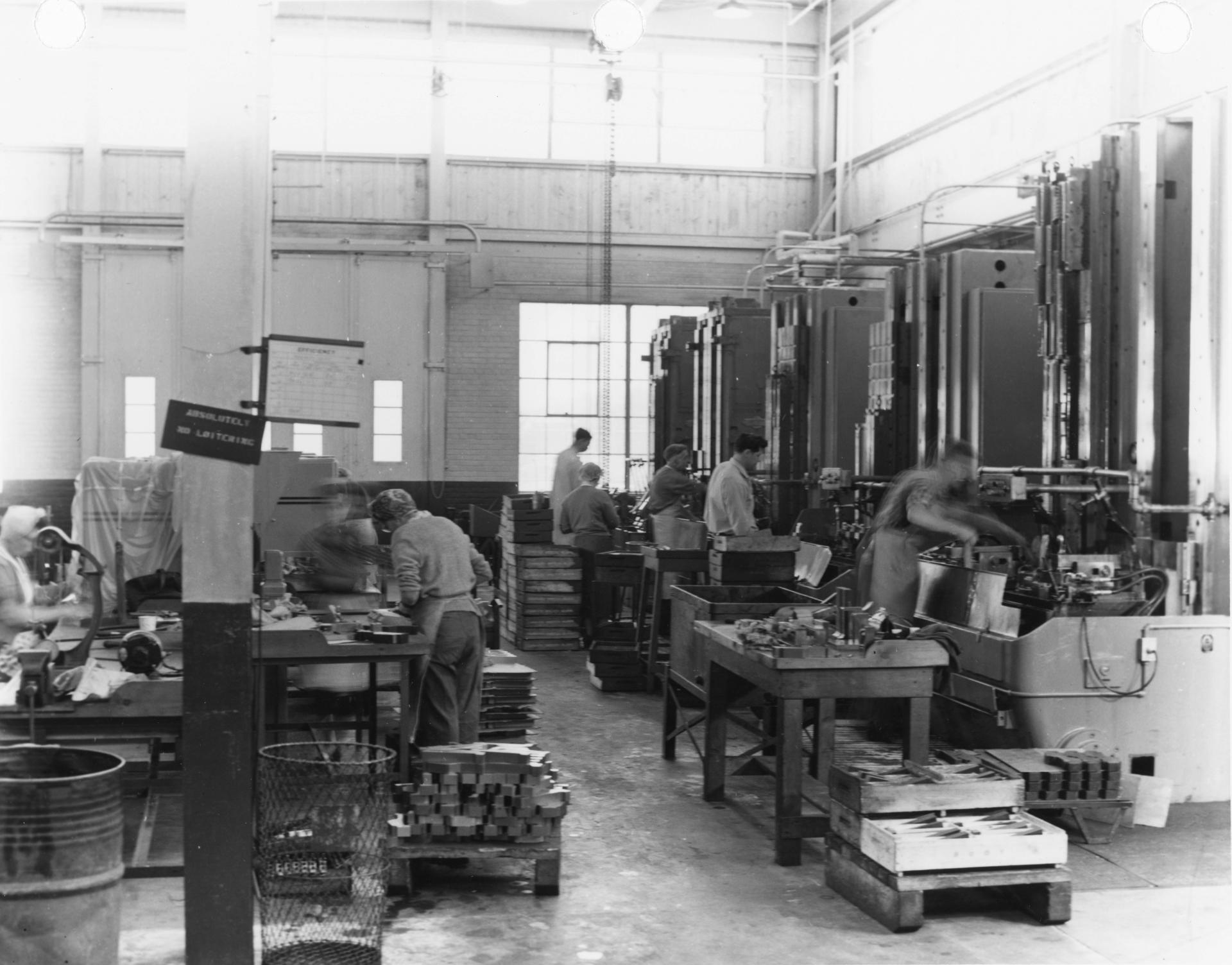
But part of the mission for the new corporate entity was to secure outside work as a "jobber." The small arms division bid for work by competing with other Canadian manufacturing companies. CAL made gauges, fixtures, and dies " On a competitive basis with other jobbing shops," as described in an issue of The Rocket newsletter. So who did CAL produce parts or tooling for in the post-1945 era?
Unfortunately, very little documentation details the work they did for other companies. However, an important document recently surfaced that provided information on plant activities from 1945 to 1976. Chief Warrant Officer (retired) Gary Crocker, a firearms expert, discovered the CAL Engineering Log detailing the work carried out at CAL. He also secured the engineering blueprints prepared for bids or as a preliminary step to manufacture items. As a result, it is possible to gain insight into what CAL worked on during this period.
In 1945, for example, CAL made F.N. pistol gauges for John Inglis and a metal stamp for the hammer and ejector. Parts manufactured for Inglis included the firing pin bush for the pistol. CAL also made specialized milling cutters for Inglis. But some of the work carried out by CAL was surprising.
In 1950, CAL made a gauge for manufacturing the handguard for the Lee Enfield Mk. III. In addition, CAL carried out other work for this Lee Enfield rifle. Including:
However, since Canada no longer used the Mk III Lee Enfield, who was the customer? Unfortunately, the available documentation does not identify who ordered this work. Gary Crocker says, "Since Australia was still issuing the MK. III rifle, it was probably for them."
But another entry in the engineering log is surprising. One of America's oldest gun makers was also a customer. Records showed that beginning in 1948, CAL made parts for the Harrington & Richardson M48 Topper single-shot shotgun. These parts included:
Interestingly, there are Topper shotguns that have "TOPPER" – M48 H&R Arms Co. LTD. LONG BRANCH ONT MADE IN CANADA stamped on the receiver. The Canadian-made shotguns also had a different serial number system from the US-made shotguns. So did CAL make these shotguns for Harrington & Richardson?
Joe Salter, an east coast dealer of firearms and militaria, told me, "H&R rented space at Canadian Arsenals Limited, " where they assembled shotguns. H&R moved out of CAL to a facility in Drummondville, Quebec, in 1950. But the tooling made at CAL went to the Drummondville plant.
Reviewing the hundreds of entries in the Engineering log provides interesting information. For example, CAL manufactured barrels for the American Experimental T65 in .30 and 7.92 short caliber.
But another pattern emerges at CAL. Of course, the company continued to make parts for in-service firearms and gauges, as directed in their official mandate. For example, in 1950, CAL still made receivers for the #4 Lee Enfield. The records also show that in 1953, they made gauges and parts for the Chinese 8mm Bren machine gun.
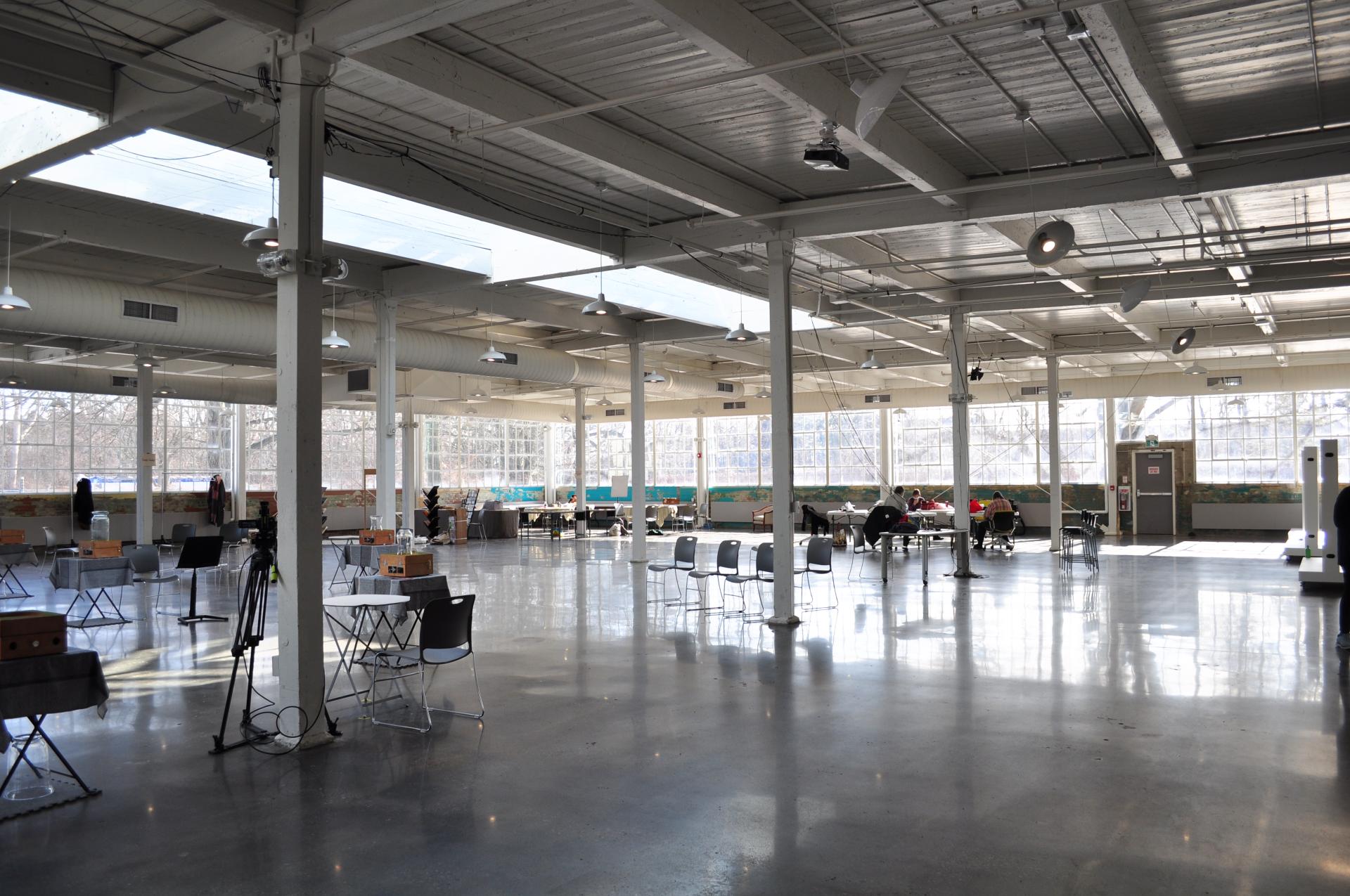
CAL also made complete Bren guns chambered for the 8mm cartridge for the Chinese. Of course, the plant continued building or modifying in-service firearms for the Canadian military, including .22 calibre .303 pattern rifles. But in 1952, CAL received a new assignment.
An item published in the June 1952 edition of the Rocket newsletter revealed a new development at the plant. "Space formerly rented to industry," the report stated," was reclaimed and laid out for the manufacture of the .50 Cal. M. 3 Browning Machine Gun.CAL management enlarged the tool room and facilities set up for the manufacture of precision gauges."
The M3 A.C. Basic was a 61-pound (27.6 kilograms) aircraft version of the .50 Browning machine gun. The M3 didn't have sights, a cocking handle, or spade grips. Instead, the machine gun fired using a solenoid affixed to the side of the receiver.
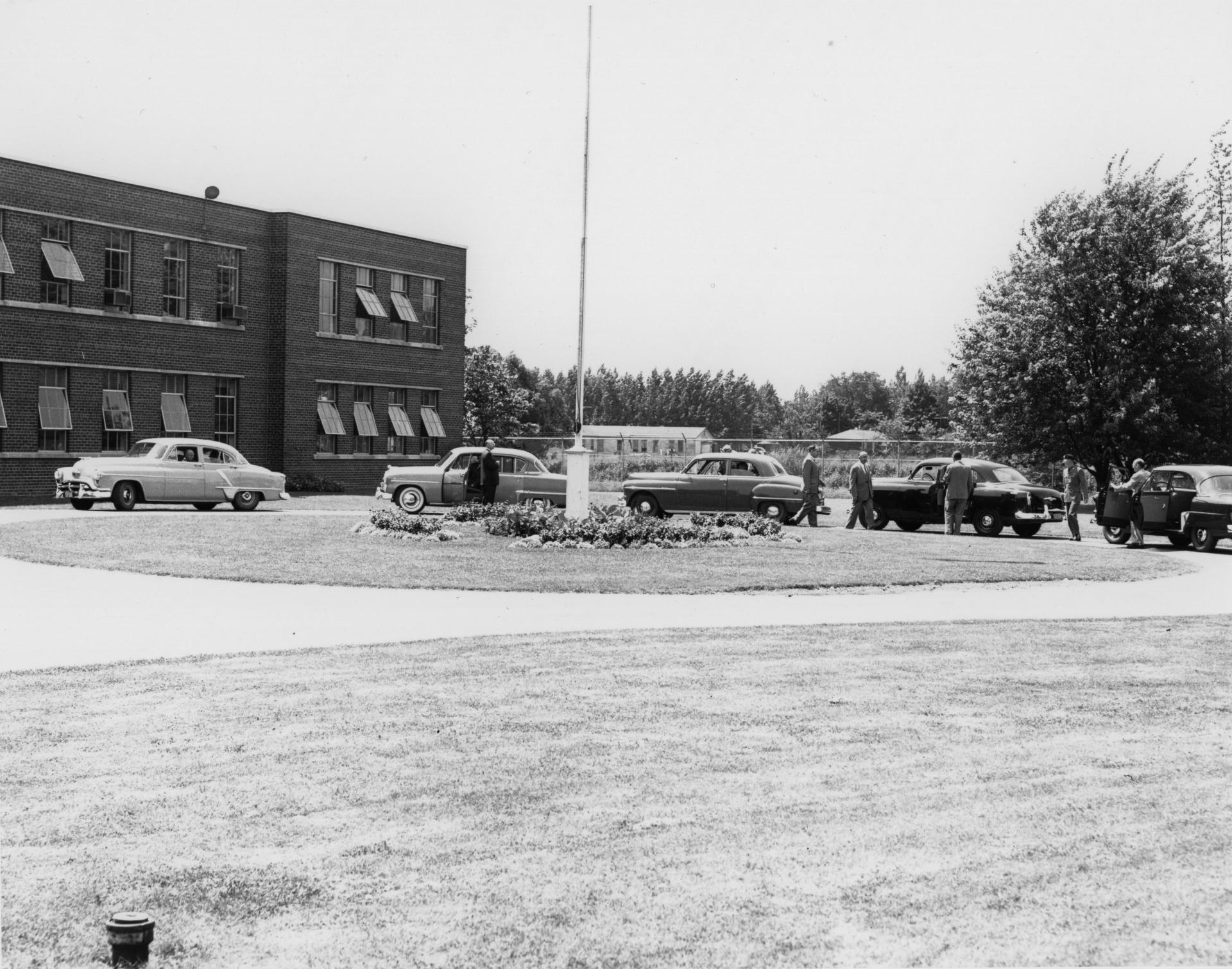
By 1953, a production line for the M3 was producing completed Browning M3 machine guns. Another production line for the .30 calibre Browning light machine gun was underway at CAL. As the August 1953 issue of the Rocket reported, "the engineering staff devoted considerable time to small arms development for the Department of National Defence." The article further claimed that the "facilities of the tool and gauge room have been fully utilized."
However, this activity was just a preliminary to a new development at Canadian Arsenals Limited. Canada was about to make small arms history.
Canada's New Rifle - The Canadians Make a Bold Move
When WW2 ended, only one country had armed its soldiers with large quantities of semi-automatic firearms: the United States. Over four million M1 Garand rifles were manufactured at Springfield Armories and Winchester by the war's end. But even before 1945, interest in a self-loading rifle had increased.
The Germans issued quantities of the Sturmgewehr, a rifle that fired a reduced-sized (7.92 x 33 cartridge) in both semi-automatic and full auto. By 1944, the German high command planned to arm all soldiers with a selective-fire, lightweight assault rifle, firing this reduced-sized cartridge. However, pressure on the German manufacturing infrastructure made this impossible. As a result, Germany ended the war using bolt-action rifles.
Similarly, the Russians issued quantities of the SVT Tokarev self-loading rifle to their soldiers during the war. However, most Russian soldiers used bolt-action rifles. And the Canadians, British, and other Commonwealth troops were also armed with bolt-action rifles.
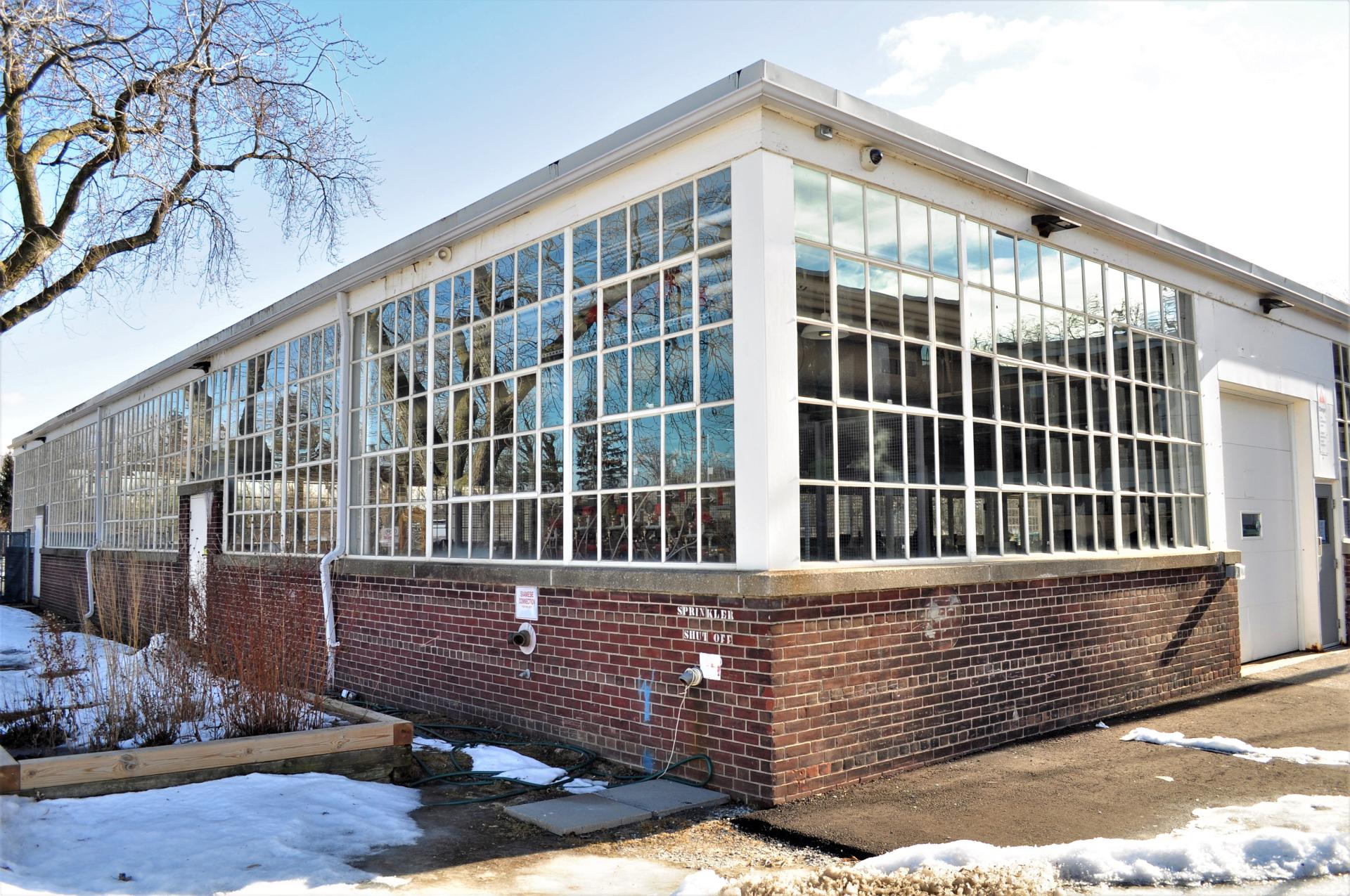
Incredibly, at the start of WW2, Canada issued a variation of a rifle (the Lee Enfield) first produced in 1895. Germans soldiers were issued a modified Mauser bolt action rifle created in 1898. Similarly, the Russians used a version of A bolt-action rifle designed in 1898 (the Mosin-Nagant).
With the end of hostilities, attention turned to modernizing the armaments issued to soldiers. One of the most pressing requirements was the selection of a cartridge. All the bolt action rifles used during WW2 fired a full-power, long-range cartridge. The German experiment with the intermediate, reduced-sized (7.92 x 33 cartridge) was a complete break from pre-war thinking.
WW2 involved rapid movement on the battlefield, fighting in built-up areas, and motorized infantry. The reduced-sized 7.92 x 33 cartridge used in the StG pattern MP 42 and 44 assault rifles by the Germans offered significant advantages. The cartridge was more controllable in full auto fire, more lethal than the 9mm round used in submachine guns, and provided the soldier with more firepower in a lighter-weight weapon. One of the most curious episodes in small arms history happened next.
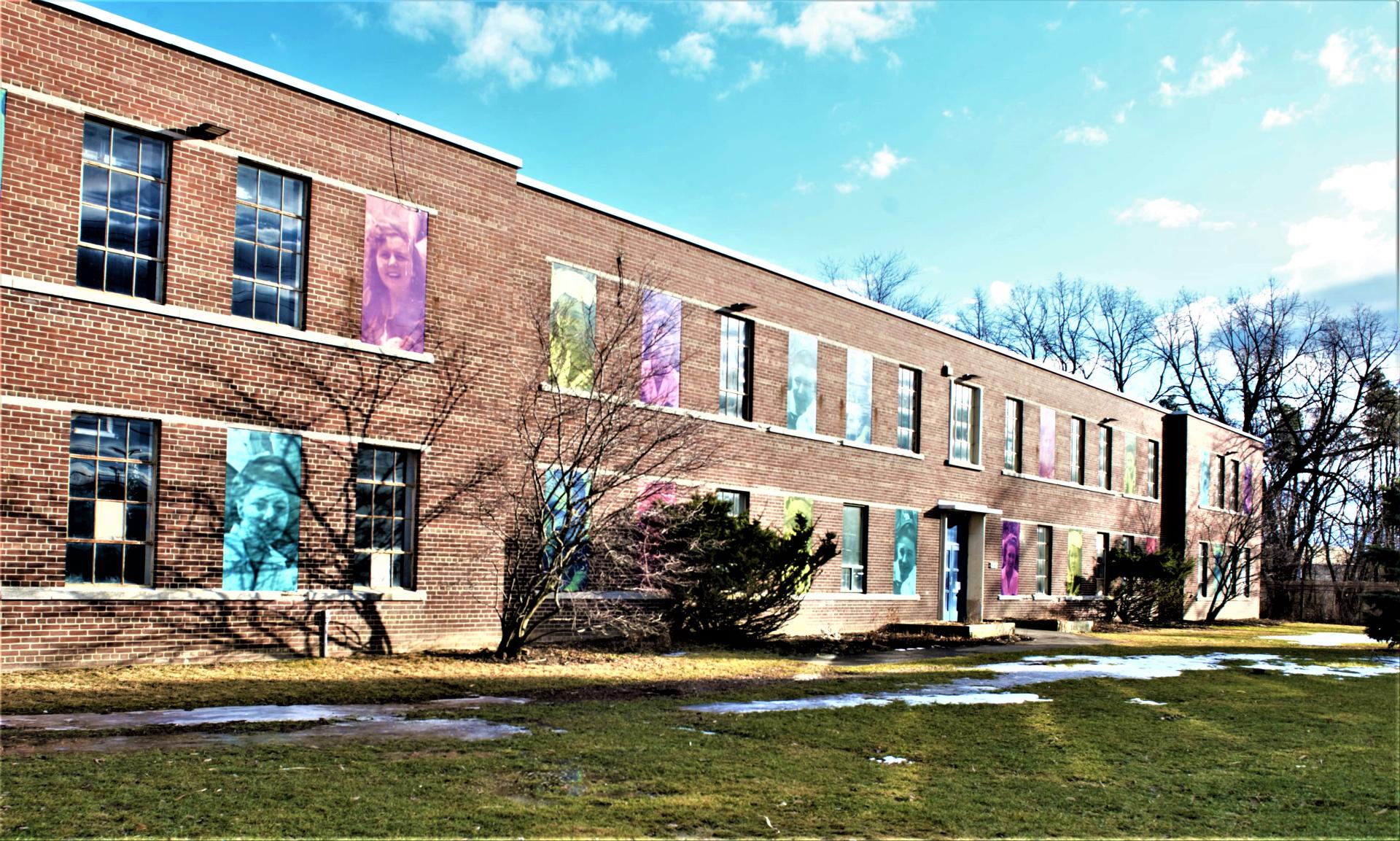
In 1945, the British formed The Small Arms Ideal Calibre Panel to determine what cartridge and rifle would best suit the needs of post world war soldiers. By 1946, Canada, the US., and Britain expressed interest in standardizing the weapon and cartridges used by their armed forces. However, there was a failure to reach a consensus. As a result, Canada and the UK. took a different path than the US.
Blake Stevens, the author of North American FALs, provides the entire story of how good intentions became disagreements leading to an inability to standardize. Blake was one of Canada's preeminent firearms writers. His books are the authority on the Canadian small arms experience. Steven's analysis of why the countries failed to reach an agreement is required reading for anyone interested in post-World War Two firearms developments.
By 1951, negotiations had reached a stalemate. The British favoured a reduced-sized cartridge (.280 calibre), while the US wanted a full-power .30 calibre cartridge. The British had developed a radical – for the time –bullpup rifle, the EM2, and chambered it for the .280 cartridge. In addition, the British also ordered an FN-built rifle in .280 calibre. The US. designed the T25 rifle – a full-sized rifle firing the Cal. 30 T65E3 cartridge. When the British learned there were plans by the US to adopt the T25, they requested trials for the competing weapons.
These trials occurred from February to April 1950, at the Aberdeen Proving Ground, in Maryland, USA. The tests were inconclusive. Each rifle suffered from numerous mechanical failures during the extensive live-fire tests. As stated in the report, "No model was free from undesirable features." So what caused this performance problem?
None of the rifles were ready for vigorous trials since they were still in the early stages of development. Nonetheless, the trials went ahead, and it was clear from the start that the U.S. favoured the .30 calibre cartridge.
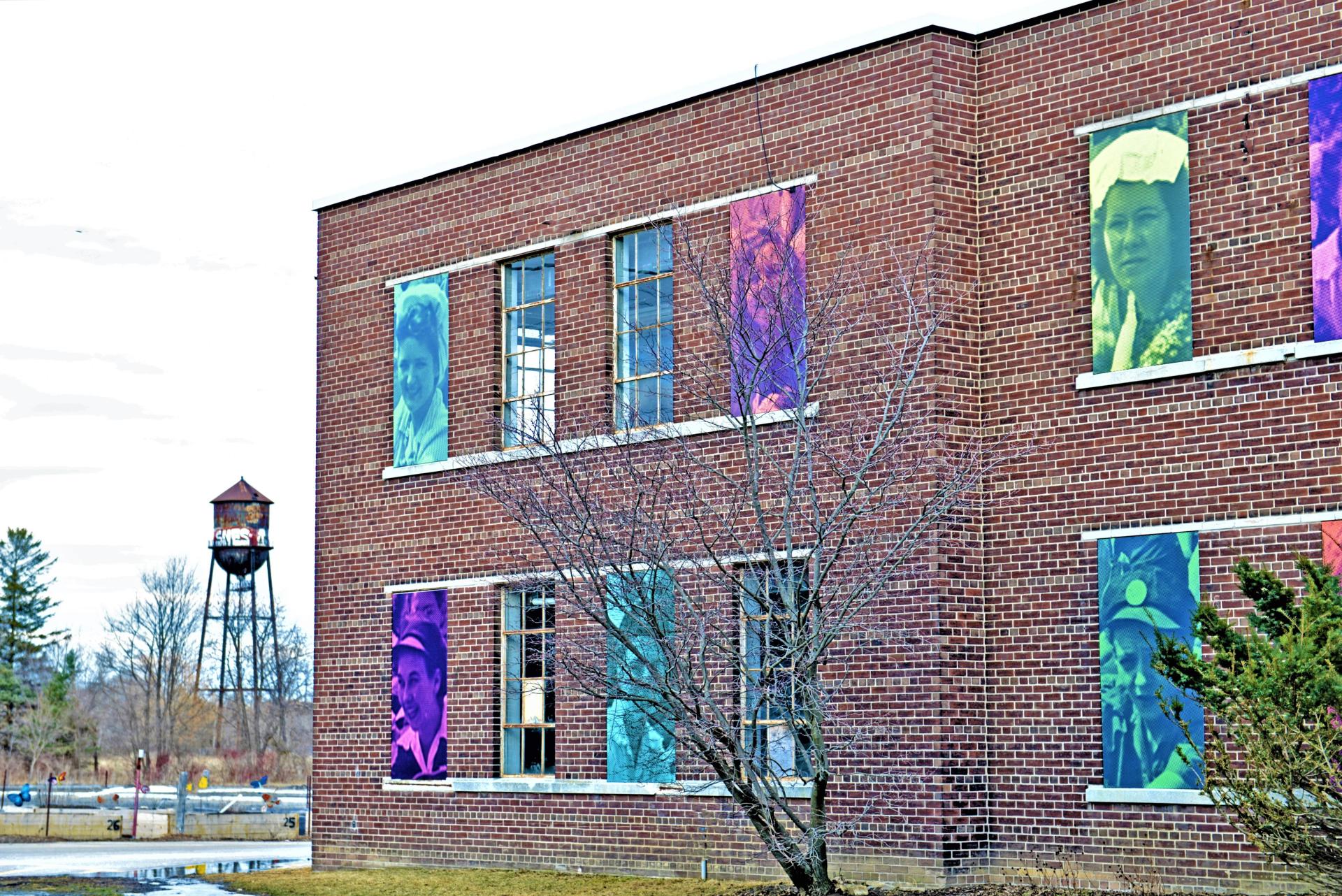
The official report confirmed the US preference and stated, " The T25 rifle has the advantages of using a round giving approximately the same ballistics as the present service round." Another official statement released by the US Army was more direct. "The Army is firmly opposed to the adoption of any less effective small calibre cartridge for use in either its present Rifle or new weapons being developed." Another statement explained the logic for the preference for a full-power cartridge."Any new rifle must have wounding power, penetration, performance, and ballistics at least equal to that in use today."
With this official position entrenched in the thinking of the largest ally, the dream of standardization evaporated. So, the next question was, what would the UK and Canada do with the goal of standardization now in ruins?
Britain was the first to react officially to the stalemate: in the spring of 1951, the British Defence Minister, Emanuel Shinwell, announced the UK was formally adopting the EM2 rifle chambered for the .280 cartridge. Surprisingly, Canada intervened in an attempt to mediate a path toward standardization.
The Canadian Defence Minister requested a meeting with Defence – Minister level representatives from the U.S., Canada, the UK, and France. The result was predictable: each side defended their preferred choice of calibre. So what happens when there is no clear choice? The parties request more tests.
Canada Selects a New Rifle
As a result, one clear path emerged. The British abandoned the EM2, and the FN FAL rifle chambered for the .30 round and became the front runner for adoption. There was still the question of calibre. In 1954, at a conference in Ottawa, the parties agreed to adopt an improved .30 calibre round – the 7.62mm Nato. With the ammunition issue settled, a choice of a rifle remained, and Canada became the first country to adopt the FN rifle and the first country to mass produce it.
An article in the Canadian Arsenals Limited journal The Rocket foretold this development in the February 1954 edition. "The announcement that the Nato countries have agreed to standardization of small arms ammunition means that the Canadian Army will soon part company with the .303 Lee Enfield. Its replacement probably will be the Belgian .30 Caliber Fabrique Nationale."
With this announcement, it was clear that a lightweight rifle firing a reduced-sized cartridge – the purpose of the long path to standardization – had ended. Canada, the US, and the UK decided to adopt a full-size battle rifle for military service, firing a full-power cartridge with nearly the same characteristics as issued in World War Two!
In August 1955, the Canadian Department of Defence Production awarded a contract to Canadian Arsenals Limited, Small Arms Division, to manufacture the new FN Canadian military rifle. With this contract, CAL once again became the arsenal for Canada, taking on the role that Small Arms Limited had so competently filled. CAL scheduled production to begin in 1956. However, no one knew that this momentous event in Canadian Small Arms history signaled the beginning of the end for Canadian Arsenals Limited.
And, none of the SAL directors could imagine, when they signed the accounting documents in 1946, that they had set into motion a series of events that included demolishing the huge Long Branch plant.
Ironically, one of the main reasons the government created CAL – to manufacture new weapons for the military – would result in the company closing in 1976. Once more, Canada would be without a government arsenal to manufacture small arms for the military.
In Part 2 of the story of Canadian Arsenals limited, we trace the success of Canadian Arsenals Limited and how this success led to the closure of Canada's small arms manufacturing facility. Thanks to CWO (Retired) Gary Crocker for providing expertise, archival material, and pictures for this article.